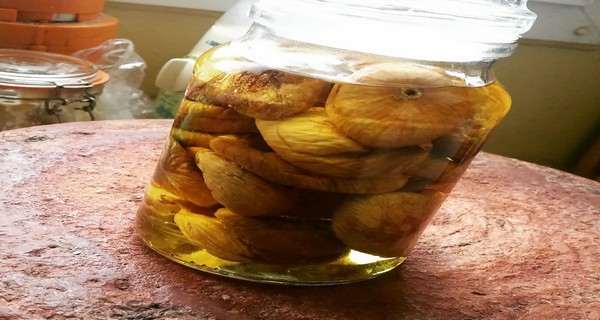Ad Blocker Detected
Our website is made possible by displaying online advertisements to our visitors. Please consider supporting us by disabling your ad blocker.
Utilize Mulch:
Make sure to incorporate mulch in your vegetable garden and around your tomato plants. Opt for organic mulch that decomposes over time, enriching the soil with nutrients. Mulch acts as a moisture regulator, reducing evaporation and retaining soil moisture. This can allow you to water less frequently, providing convenience for busy gardeners. Additionally, mulch offers benefits such as improved soil aeration, weed suppression, added nourishment, and temperature regulation. Consider organic options like grass clippings, shredded leaves, hay, coconut husk, sawdust, or pine cone pieces.
Consider Your Climate:
Recognize that there is no universal watering frequency for tomato plants due to variations in climate and local weather conditions. Regularly monitor your soil’s moisture level to determine the appropriate watering schedule for your specific area.
- In some regions, daily watering may be necessary, while others might require watering twice a day.
- Hot and drought-prone areas generally demand more frequent watering.
- Moist regions may only necessitate watering once or twice a week.
Use a Soil Moisture Meter:
Check your soil moisture before watering to ensure it actually needs more water. One simple method is to insert your finger into the soil and assess its dryness at a depth of 2-3 inches. If it feels dry, watering is required. However, if the soil feels moist, you can likely postpone watering until the next day unless high temperatures are expected.
Another option is to employ a soil moisture meter, which provides accurate readings of soil moisture levels, assisting in determining when watering is necessary.
Adjust Watering with Decreasing Temperatures:
As summer draws to a close and temperatures begin to decrease, you can gradually reduce the frequency of watering. With lower temperatures, the rate of evaporation decreases, allowing the soil to retain moisture for longer periods. Consequently, you won’t need to water as frequently, adapting to the changing weather conditions.
Final Thoughts
Understanding the proper watering frequency for tomato plants is crucial for a successful harvest. By mastering this aspect of plant care, you are paving the way for a bountiful tomato harvest in your garden this season.
[mashshare]

